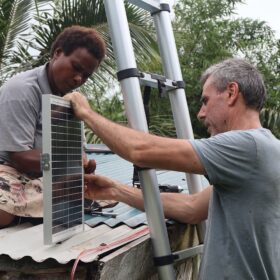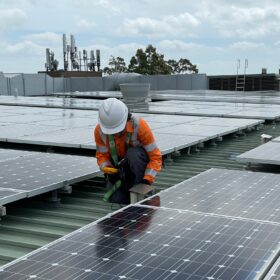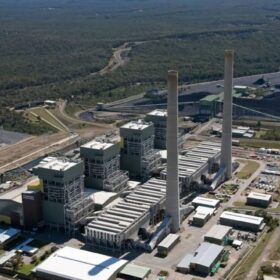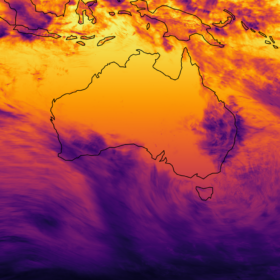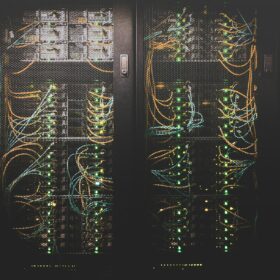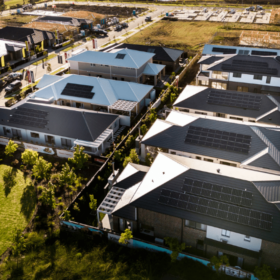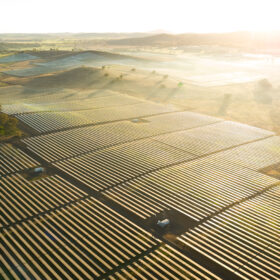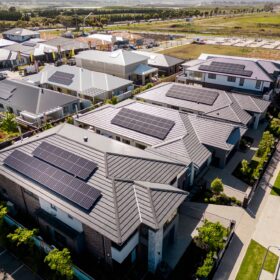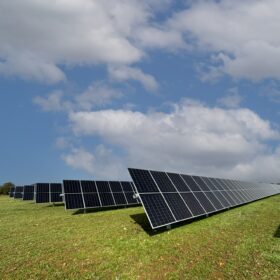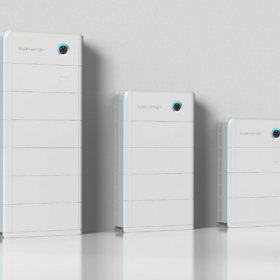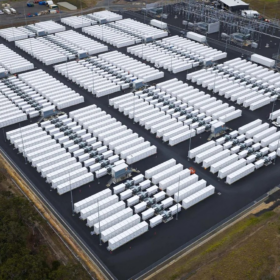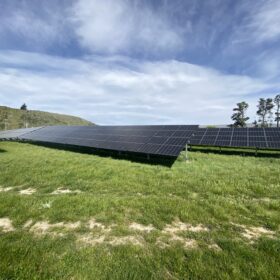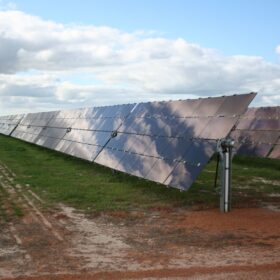The AI energy paradox: Turning a power surge into a climate opportunity
Artificial intelligence is fuelling unprecedented energy demand, but with the right strategy, it could become one of our most powerful tools for building a cleaner, smarter future.
Can the Asia-Pacific region deliver clean, affordable energy by 2030?
The future of the global energy landscape will be shaped by Asia and the Pacific. Over the past two decades, our region has been the principal driver of global energy demand and emissions. Energy has powered prosperity, lifted millions out of poverty and transformed societies.
Stashing spares is smart solution for solar system maintenance
There’s a silent problem building across Australia’s solar rooftops and most asset owners don’t even know they’re sitting on it. It starts with something simple: a single damaged panel.
Setting Australia’s 2035 emissions target is a daring tightrope act
Any week now, Australia will set its 2035 emissions target. It must signal the nation’s strong ambition on climate action, to drive policy and investment. And it must avoid being seen as either unrealistic or too costly. The decision is not an easy one for Prime Minister Anthony Albanese and his cabinet.
Tasman high drives split winter for Australian solar
Solcast, a DNV company, reports that while solar irradiance has been suppressed across eastern Australia this winter, the country’s southern regions have outperformed climatological averages thanks to stable high pressure in the Tasman Sea.
Uniting IT and OT: Infrastructure shift powering the AI era
For years, information technology (IT) and operational technology (OT) have run on parallel tracks. IT managed the digital world – servers, networks, cybersecurity – while OT managed the physical – power, cooling, fire suppression, access control. They had separate teams, tools, and even languages. That separation is no longer feasible.
Unlocking CER: addressing data sharing barriers with retailer participation
The role of consumer energy resources is central to Australia’s energy transition, but without quality data and effective data sharing frameworks, the full value of CER cannot be realised for system operators, for markets, or for consumers.
Australia’s clean energy blind spot: industrial heat
Australia has made bold commitments to meet net-zero emissions – a necessary step amid intensifying global climate pressure, shifting policy frameworks, and investor scrutiny. But while our national clean energy conversations tend to orbit around solar panels, wind turbines and electric vehicles, a critical part of the energy puzzle remains unexplored: how we actually use power.
Australia can hit an 85% emissions cut by 2035 – if government and business seize the moment
Discussions are hotting up over Australia’s 2035 emission reduction target, which the federal government is due to reveal by September this year. It will be a crucial announcement, for several reasons.
Trial to help shape commercial future of time-matched energy
Success in the energy transition will come down to renewable hardware and software technology, but that won’t be enough in itself. How we design, package, and deliver clean power is going to be every bit as important.

